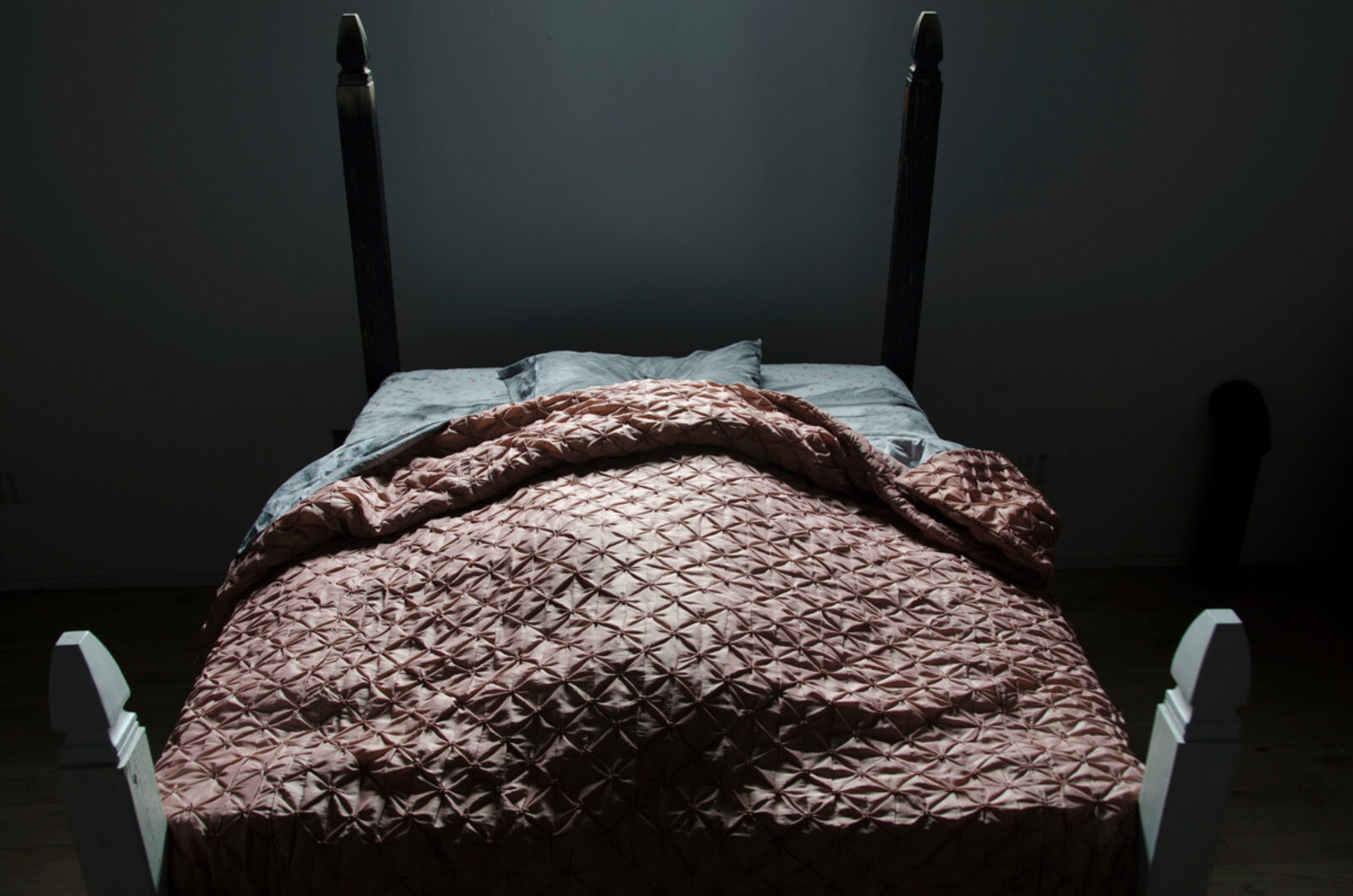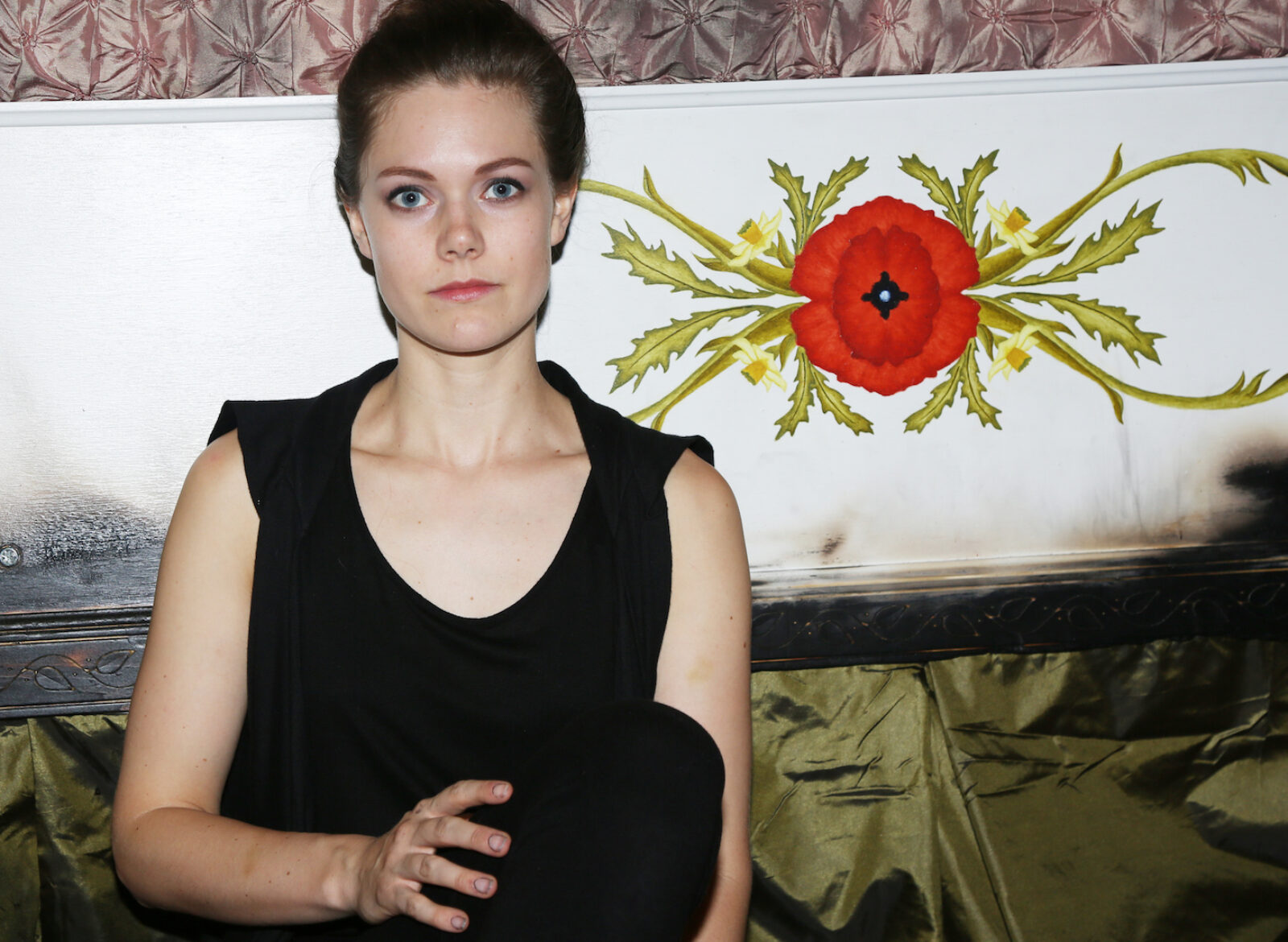About the interviewer: Coco Dolle is an artist, curator and performance art director, founder of Legacy Fatale. “Under The Skin” is her curated series of short interviews with New York artists on contemporary art and feminisms for Ravelin Magazine.
About the artist: KS Brewer is an interdisciplinary artist working in video, installation, and performance. She is currently curating an exhibition at the Museum of Sex.
An immersive, interactive video sculpture installation, ‘Doubled Up in Your Image’ by KS Brewer is a cathartic investigation into the depths of trauma & desire — suggesting that through a gradual process of acknowledgement and validation, we can empower ourselves in exorcising our personal demons. On view at Filo Sofi Arts through October 21st.
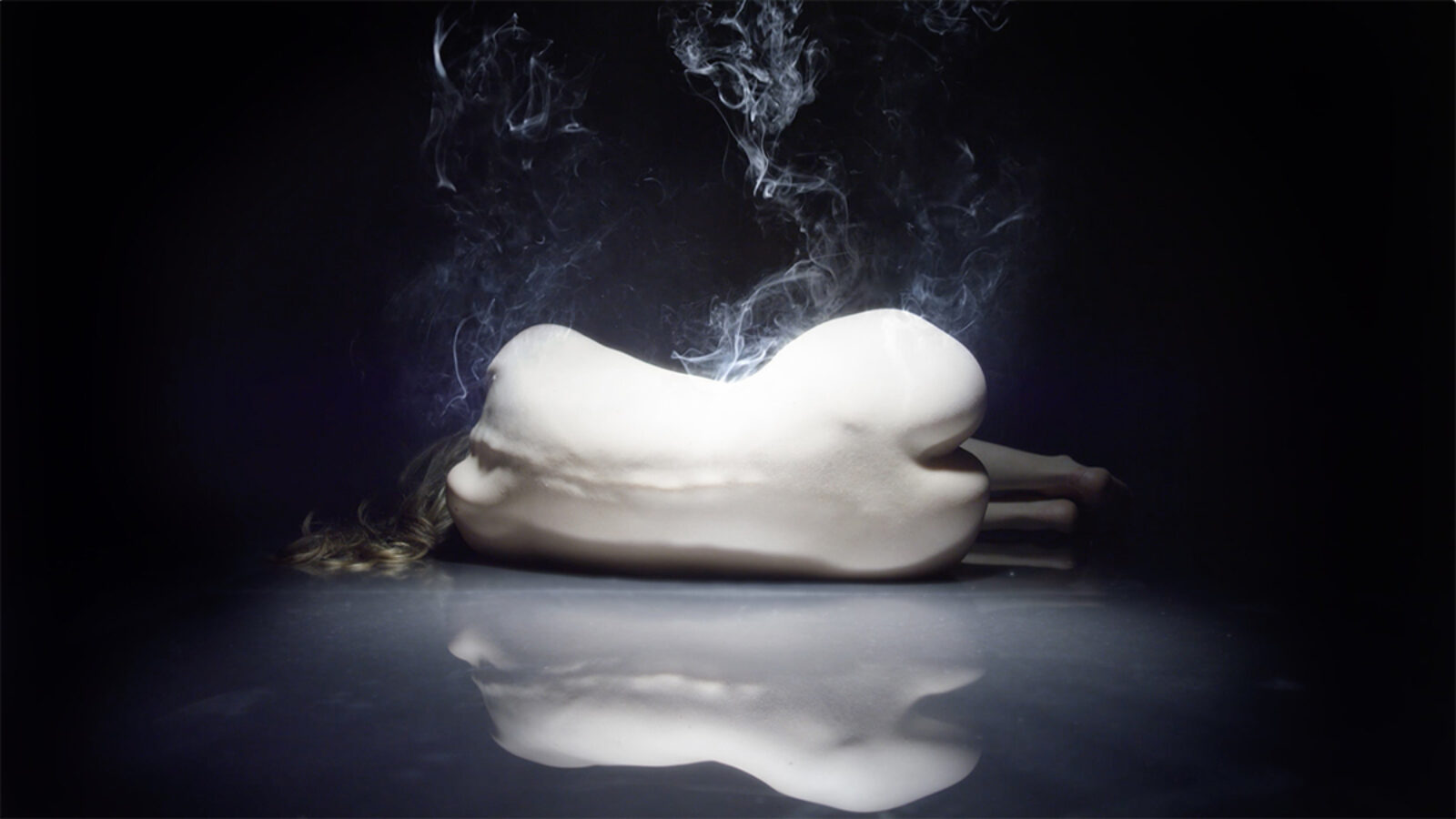
Coco Dolle: Kelsey, how did you start your career as an artist?
KS Brewer: I’ve been making art and taking classes since I was 5. It’s always been a part of what I do and who I am. But then I decided to got to film school at NYU, and thought I would become a more commercial movie director. I was trained as a filmmaker. Once I graduated, I realized that I didn’t really like making narratives films. So I decided to make a couple of films that were more intuitive and experimental. And those became my first video pieces: “Hungry” and “Regular Programming”. With those I realized that I could combine filmmaking and the more physical art forms I’d grown up with.
CD: Your installation exhibition is an experience of cathartic sensory and internal experiences. You use an incredible variety of mediums. How do you put it all together, in your mind and with your use of materials?
KS: My process is a conceptual one, where I first process the ideas, themes and symbolism that I want to use. Then I sort of develop the physical language from there. There’s a wide variety of mediums in my work because I let each piece take whatever form feels necessary to it. The installation has hand-built furniture pieces that incorporate video screens, sconces programmed to turn a voice recording into light, and really effective soundscapes composed by my sound designer and friend Keyhan Kamelian. I did a lot of research on different traumatic symptoms and effects, through books and articles mostly. The end result, I hope, is not something informative or didactic as much as it is experimental and evocative. I want people to be able to bring their personal associations to the installation rather that prescribing how they should think or feel.
CD: Tonite is the full harvest blue moon, it says it heightens our emotions. I feel very much in a dense transformative path myself. Do you think it’s a good time to be “exorcising our personal demons”? Do you believe in that we are governed by other forces?
KS: I think we definitely live in relation to the circumstances that surround us. There are a lot of things that shape our internal responses, and they can happen on personal, social, or historical levels. My hope in keeping the installation relatively open ended and ambiguous is that people can relate something about their own experience to the atmosphere and artifacts in the room, and that through that the room can validate their experiences as real and important. Whether we acknowledge the truthfulness and impact of events on our own lives privately, or institutions acknowledge them more publicly (the Senate hearing for Dr. Blasey comes to mind), I think exposing these traumas and validating them I think is a necessary precursor to any recovery.
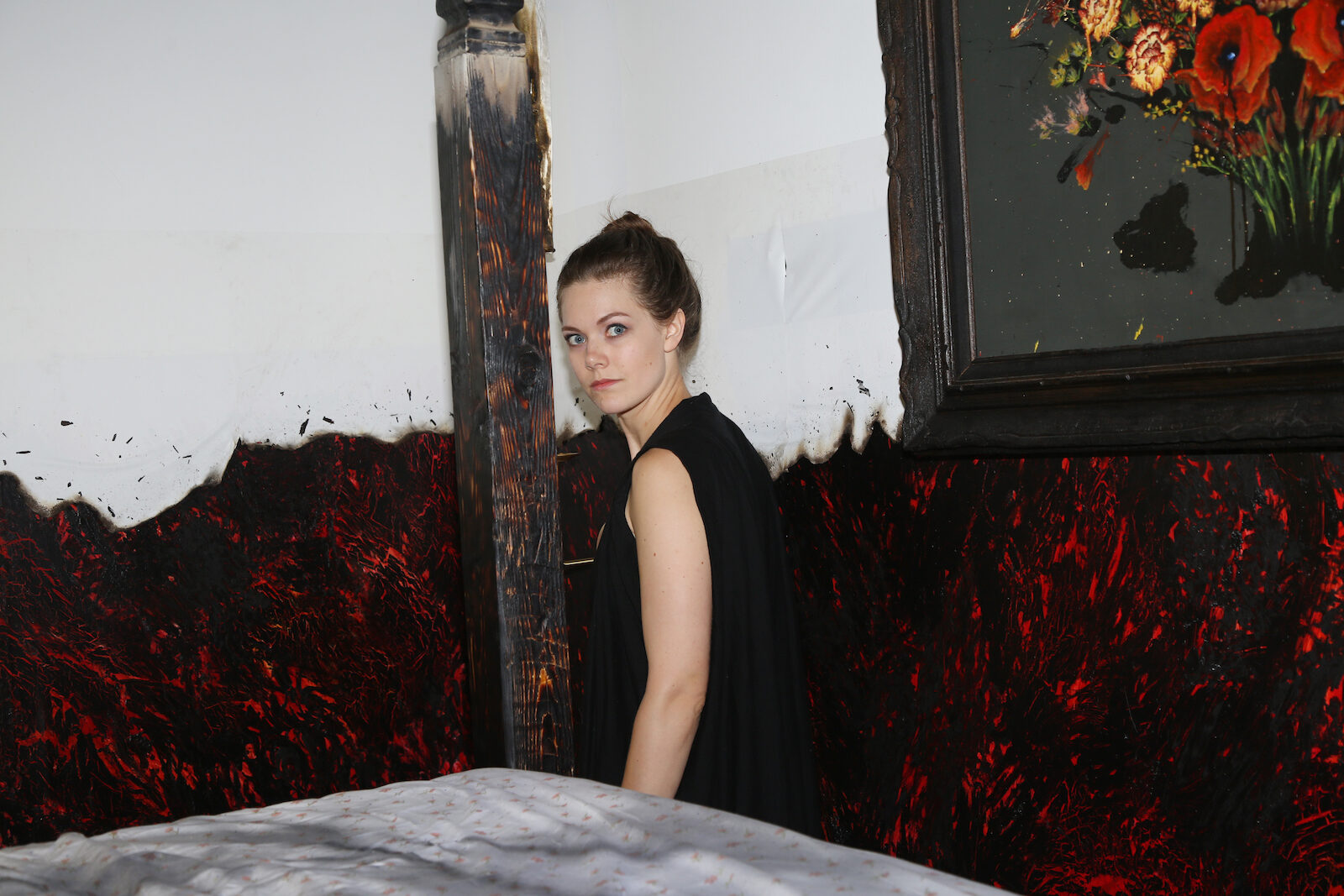
My story and my relationship to trauma comes mostly from the experience of being female.

CD: What’s your relationship with trauma? What’s your story?
KS: My story and my relationship to trauma comes mostly from the experience of being female.
But the way that I define trauma is not about a particular event so much as it is about the aftermath, or the ongoing experience. Many things that don’t seem traumatic on the surface still have an impact of us as individuals or on a larger scale. The impact of my experiences is imbued into the work – it was cathartic for me to make it, but it didn’t make those feelings go away. Something about communicating my experience in this way is relieving, though. The installation also takes inspiration from my mother’s own traumatic history.
CD: Do you think it’s a form of intergenerational transfer of trauma?
KS: I don’t think the installation is. The installation seeks validation for these traumatic experiences and hopes to create a sense of safety.
CD: And do you feel safe in your own installation?
KS: I feel safe in the cave part of the installation. The cave is meant to be a safe place. It has the same catharsis as the making of the art – it’s not happy and it doesn’t fix things, but somehow it’s still a release.
CD: Tell us a special moment you have lived in New York?
KS: This is something that happened just the other day. I have a friend named Stanley, he is homeless and he hangs out close to where I live. The other day I saw him (she chuckles) and he told a story about how he found the pair of pants he was wearing in a tree. In Crown Heights. And he said “Thank you God!”, cause when he took them down from the tree, they were his size! “
CD: In a few words. Who is Kelsey “under her skin”?
KS: I think that people that know me well will laugh at this, but I’m a cat! I need a lot of solitude and I’m very independent. And loyal to very select people…
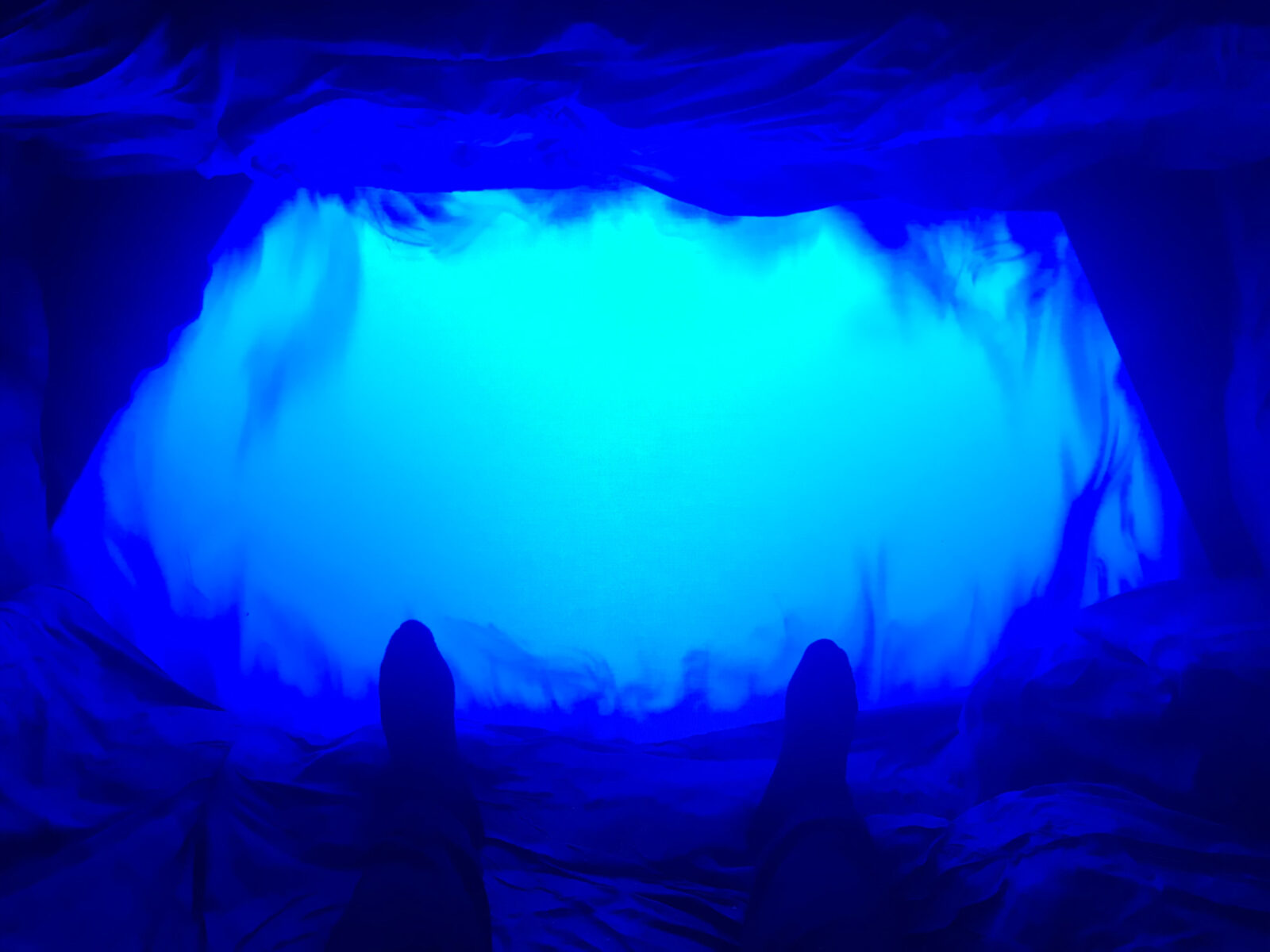
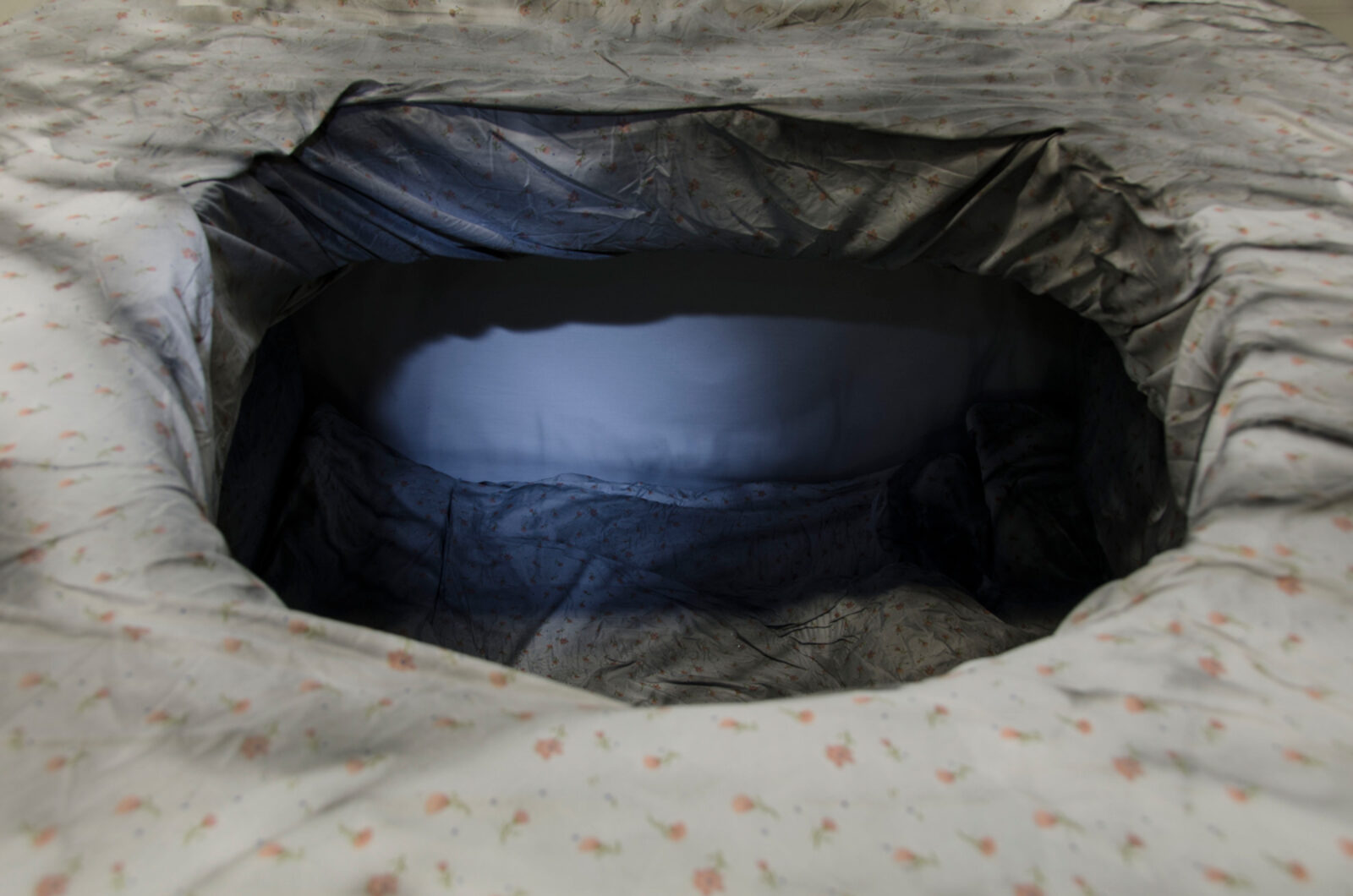
I want people to be able to bring their personal associations to the installation.
